Review
Our time with this Fusion Red XC40 T4 is coming to a close, but our testing of Volvo’s best-selling model isn’t quite finished as we’ve just taken delivery of an XC40 T5, finished in Thunder Grey, to finalise our thoughts.
The switch comes just as Volvo has overhauled the XC40 model line-up, with a new streamlined trim walk. It reduces the number of options available at the point of order and is expected to speed up lead times. The previous best-selling R Design trim, along with the other familiar grades have been replaced with Core, Plus and Ultimate (there's also an entry-level Start model, that comes exclusively with a T2 petrol engine). Drivers can choose if they want chrome or gloss back trim and from a few different wheel designs, but specification levels are fixed.
Many of the optional features on the XC40 we’ve been testing to date have been welcome. This includes keyless entry with a powered tailgate, heated front and rear seats, a heated steering wheel and a rear-view camera. Thankfully all these features now come as standard on the £42,195 T4 ‘Plus’. It’s only the Pilot Assist adaptive cruise control, which includes active lane keeping assist, that’s not included in the new grade, for that you need the range topping ‘Ultimate’ and that only comes paired with the more potent T5 engine. More on that next time.
As the weather has gotten colder, we’ve seen a drop in efficiency from the XC40 T4’s plug-in hybrid powertrain - although this could also be related to the UK’s switch to E10 petrol, which is reported to affect consumption by up to 10%. On longer motorway trips I was easily getting 44mpg from the Volvo’s three-cylinder petrol engine, but now it’s a struggle to beat 38. The electric range has also reduced, with the promised 24 miles from a full charge (according to the trip computer) dropping to around 16 miles within a few minutes of driving.
It doesn’t dent my appreciation of the XC40, however. It’s not let us down in the 8,000 miles we’ve spent behind the wheel and the car has proved mightily impressive, with nimble handling, excellent motorway manners and family-friendly practicality.
Five things we don't like about the XC40
There’s been little to dislike about the Volvo XC40 since it joined the Fleet News long-term test fleet. But no car is perfect and, with more than 6,000 miles covered, we’re pretty clued up on the car’s foibles.
1 – Hesitant shifts
The biggest frustration comes from its plug-in hybrid powertrain. Unlike other Volvo plug-in hybrids, which use a four-cylinder petrol engine to power the front wheels and an electric motor to power the rears, the XC40 integrates its motor into a seven-speed dual clutch gearbox – making it front wheel drive.
While the self-shifter does a decent enough job of managing shifts and providing a smooth drive in most circumstances, the XC40 sometimes delivers a delayed gearshift when accelerating. It usually manifests itself at around 65mph, at the point when you’re about to join a busy motorway. We’ve checked with other XC40 plug-in hybrid drivers and they’ve reported the same issue.
2 – Lacks ‘punch’
The car also lacks the punchy acceleration that we’d expect from its 211PS power output. It’s not a particularly slow car, reaching 60mph from rest in around 8.5 seconds, it just doesn’t pick up at quickly as we’d expect for an electrified powertrain.
If the battery is discharged, the 1.5-litre three-cylinder petrol engine just about manages to haul the car’s 1.75-tonne bulk, taking a while to get into its stride.
3- Fuel consumption falls short of expectation
Fuel economy has been fairly poor, at around 38mpg. With regular charging and lots of short trips over the last few weeks I’ve managed to nudge the average up to 47, which is a bit more respectable but not far off what we achieved in the 390PS Volvo S60 T8.
4- Sensus infotainment feels dated
This is a gripe that Volvo has already started to address with its latest model launches. The Sensus infotainment system, which dates back to the 2016 XC90, is starting to feel its age. The sat-nav is especially clunky by the latest standards and we’ve missed more than few turnings due to its late instruction.
The new Android-based setup, that’s already offered in the fully-electric XC40 uses the much better Google Maps app for navigation.
5 – It’s not as premium as it looks
The XC40 is the baby of the Volvo line-up and while much of its styling follows Volvo’s Russian doll approach to design, there are elements of the XC40’s interior that are clearly not derived from higher up the range.
The interior plastics are a bit cheap in feel and small details like the interior ambient lighting that isn’t replicated in the rear are a bit disappointing on a car that costs north of £40,000.
Home charging is key to running an efficient PHEV
It’s a great feeling travelling around your local area in a car using battery power with zero emissions.
It’s how I’d do all my city/town driving in our long-term plug-in hybrid Volvo XC40 if I could, but along with an estimated 40% of the UK population of UK households I don’t have access to off-street parking
A public footpath lies between my front door and on-road parking so I can’t have charging cables trailing from plug to car socket – I don’t want to be responsible for tripping up neighbour Violet as she makes her way to the shops. My garage is away from the house and doesn’t have electricity.
I’ve heard there are frames you can erect over the footpath to carry the cables, or pipework can be laid underneath the tarmac, which seems a bit drastic. It’s a conundrum. How do your drivers overcome this? Suggestions welcome.
Experiences like this demonstrate why PHEVs are a useful stepping-stone to going fully electric, which in my case, I simply couldn’t do, however much my desire to help save the planet.
My lack of charging facilities, however, does not take away from the sheer joy I get from driving this car (albeit mostly in petrol mode). I’ve attended a few concerts recently, most resulting in late-night motorway journeys home which have been a pleasurable experience thanks to the Volvo’s high-level of comfort and excellent ride quality. The lane assist feature has come in particularly handy in foggy conditions.
In fact, after several weeks in the car I’ve started considering which optional extras (and there are many on this test car) that I couldn’t do without – I’ll share my findings soon.
By the time you read this, Volvo will have taken the XC40 for some routine maintenance – a requirement that flagged up on the centre display and on my Volvo phone app at around 5,500 miles. It’s temporarily swapping it for a more powerful T5 version, so I look forward to comparing the two.
Comfort and drivability score highly
A few months in and this car continues to impress with its driveability and practicality.
It easily swallowed our holiday-associated paraphernalia such as suitcases, child’s buggy and, of course, other family members on a recent airport trip, due in part to the fact luggage space isn’t affected by the inclusion of a battery, which is cleverly packaged into the car’s chassis.
And once the holiday was over all-too-soon, climbing in during the early hours of a chilly Sunday morning for the journey home provided a nice reminder of the high-level of comfort it offers, particularly refreshing after four hours sat in an aeroplane seat.
Gear changes from the seven-speed auto box are smooth and the transition from engine power to battery power is seamless.
So, while it boasts many credentials as a driver’s car, how does it stack up for company drivers and fleets in terms of those all-important facts and figures?
CO2 emissions are 47g/km, putting the car in the 13% benefit-in-kind (BIK) tax bracket and costing a 20% taxpayer £85 a month and a 40% taxpayer £170 a month. It has a P11D price of £39,390 and a WLTP combined fuel consumption figure of 117.5-134.5mpg, though to get anywhere near that would take some doing and I’m getting a more realistic 45mpg, according to the car’s trip computer.
Fleets can expect to pay around 45p per mile in running costs, which is about 5p per mile cheaper than a BMW X1 xDrive25e.
Charging convenience can come at a price
I recently attended three days’ worth of weekend gigs in Coventry held as part of its City of Culture 2021 status celebrations.
On arrival at a car park on the first evening I was delighted to see a row of chargers that I could use to top up the Volvo’sbattery. After unsuccessful attempts to find one that worked on the first two evenings, I had more success on the Sunday.
I was a little surprised, however, to be charged £5.15 for 24 miles of charge. A colleague paid £10 for 120 miles of charge in a car park, so it pays to do your homework.

Since taking the keys to the Volvo, most of my driving has been in ‘hybrid’ mode – put your destination in the sat nav and it’ll work out whether to use engine or battery power. It’s a relaxed and smooth drive but you can enjoy more ‘oomph’ by opting for the power mode when battery and engine combine.
While this can be useful when you need a bit of poke under your pedal, the Volvo isn’t the sort of car that you’ll want to throw around corners on country lanes. Other driving modes are ‘pure’ which is fully electric and the self-explanatory ‘off-road’.
Practical and stress-free
If it’s practicality you want from your company vehicle, then the Volvo XC40 has it in spades.
From door cubby holes that hold a 2-litre bottle to a boot lid that opens with a swipe of a foot underneath the rear bumper (part of an added option package), you’ll not be wanting for anything.
Seat back netting is provided for rear passengers, there are sockets to charge your smartphone, as well as a wireless charging pad in the front console, plenty of little storage spaces for your bits and pieces and the elasticated side straps in the boot to hold bags in place are a nice addition too. So is a hook in the glovebox that will prevent your takeaway bag from toppling over.
Boot space is ample – 452 litres, increasing to 1,328 litres with the rear seats down.
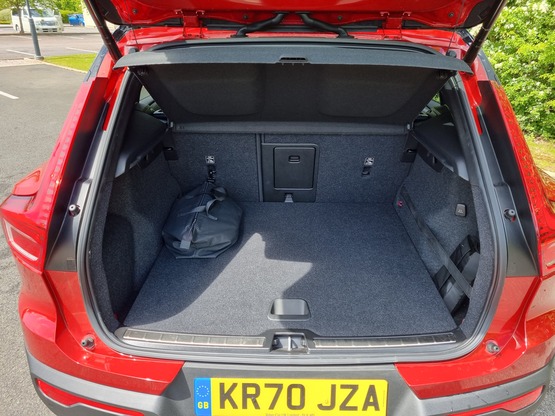
An attempt to use the voice-activated control system met with limited success (I could neither change the car’s temperature nor launch Spotify) so more practice is required. It’s relatively simple to peruse apps on the infotainment system with just a few swipes.
Parking the Volvo is stress-free, thanks to both front and rear parking sensors and, on our model, a rear camera – a useful tool.
On extreme weather days it’s possible to warm or cool the car via your smartphone app, with sufficient battery charge. The intuitive app can also lock and unlock it, check fuel levels, and see how many miles it’s accrued when on charge, something I could monitor when using a charging point a couple of miles from home.
As you’d expect, the XC40 comes with a raft of class-leading safety systems as standard, including a camera and radar system that warns and prevents collisions with objects, including pedestrians, cyclists and large animals
The more time spent with the Volvo, the more it impresses, both on motorway journeys and pootling around the local country roads. We’ll look more closely at driveability in a future test.
Volvo XC40 T4 R Design plug-in hybrid joins our fleet
There’s much to admire about the Volvo XC40 Recharge plug-in hybrid, the latest addition to the Fleet News test fleet.
Its handsome exterior, quality interior, decent spec level and hugely-impressive safety kit make it a compelling choice for user-choosers.
We’re testing the T4 version, in R-Design trim, as it’s expected to be the most popular with business users. It combines a 1.5-litre three-cylinder petrol engine and electric motor with a 10.6kWh battery (for a claimed range of 27 miles) and produces CO2 emissions from 47g/km.
Prices start at £39,130 but our model’s price-tag is just short of £44,500 due to a rather comprehensive optional extras list. It includes Driver Assist, with adaptive cruise control and steering assist (at £1,550), metallic paint, a striking fusion red, (£575), Park Assist, rear camera (£575), Climate, which heats the seats, steering wheel and windscreen (£775) and Versatilty, which gets driver side under seat storage, power folding rear seat headrests and handsfree opening and closing of the tailgate (£475).
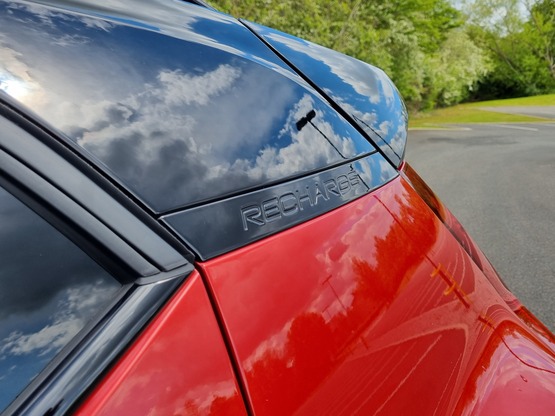
The standard list of equipment is impressive too. How about a 12.3-inch active driver’s information display, nine-inch centre console touchscreen with voice-activated control, sat-nav, rear parking sensors, hill-start assist, automatic LED headlights for starters?
I’ll cover driveability and practicality in more detail in future test reports, but passenger and luggage space in the XC40 is generous (neither is affected by the inclusion of a battery, which is cleverly packaged into the car’s chassis) and ride quality is comfortable and refined.
PHEVS are a useful stepping-stone to going fully electric and although I don’t have suitable off-road parking for charging the car, there is a charging station close to home so I can enjoy some emission-free miles. Heading back into the office more regularly soon also means I can charge it there.
I’m thoroughly looking forward to spending the next few months in this classy car, getting to grips with the extensive options on offer.
Mike Roberts returned to Fleet News in 2021 having previously been its news editor in the early 2000s.
He is now managing editor for Fleet News, AM and Rail in the Bauer B2B portfolio. Prior to this he was managing editor of Fleet News' sister-title Smart Transport.
Mike started his career in local newspapers in the 1990s and has since worked on several specialist titles, both in print and online.

Specs
| Manufacturer | Volvo |
| Model | XC40 |
| Specification | XC40 SUV PiH 1.5Recharge T4 10.7kWh 211 SS R DESIGN Auto7 22MY |
| Model Year | 0.00 |
| Annual VED (Road tax) | £0 |
| BIK List Price | £39,940 |
| CO2 | 48g/km |
| BIK Percentage | 14% |
| Insurance Group | N/A |
| CC | N/A |
| Fuel Type | Petrol Hybrid |
| Vehicle Type | SUV and Crossover |
| Luggage capacity (Seats up) | 5litres |
Running Costs
| P11D | £39,940 |
| Insurance group | N/A |
| Fuel Type | Petrol Hybrid |
| Cost per mile | 85.10ppm |
| Fuel | 8.53ppm |
| Depreciation | 73.24ppm |
| Service maintenance and repair | 3.33ppm |
Rivals
Info at a glance
-
P11D Price
£39,940
-
MPG
134.5 (WLTP) -
CO2 Emissions
48g/km -
BIK %
14% -
Running cost
3 Year 60k : N/A 4 Year 80k : N/A -
Fuel Type
Petrol Hybrid

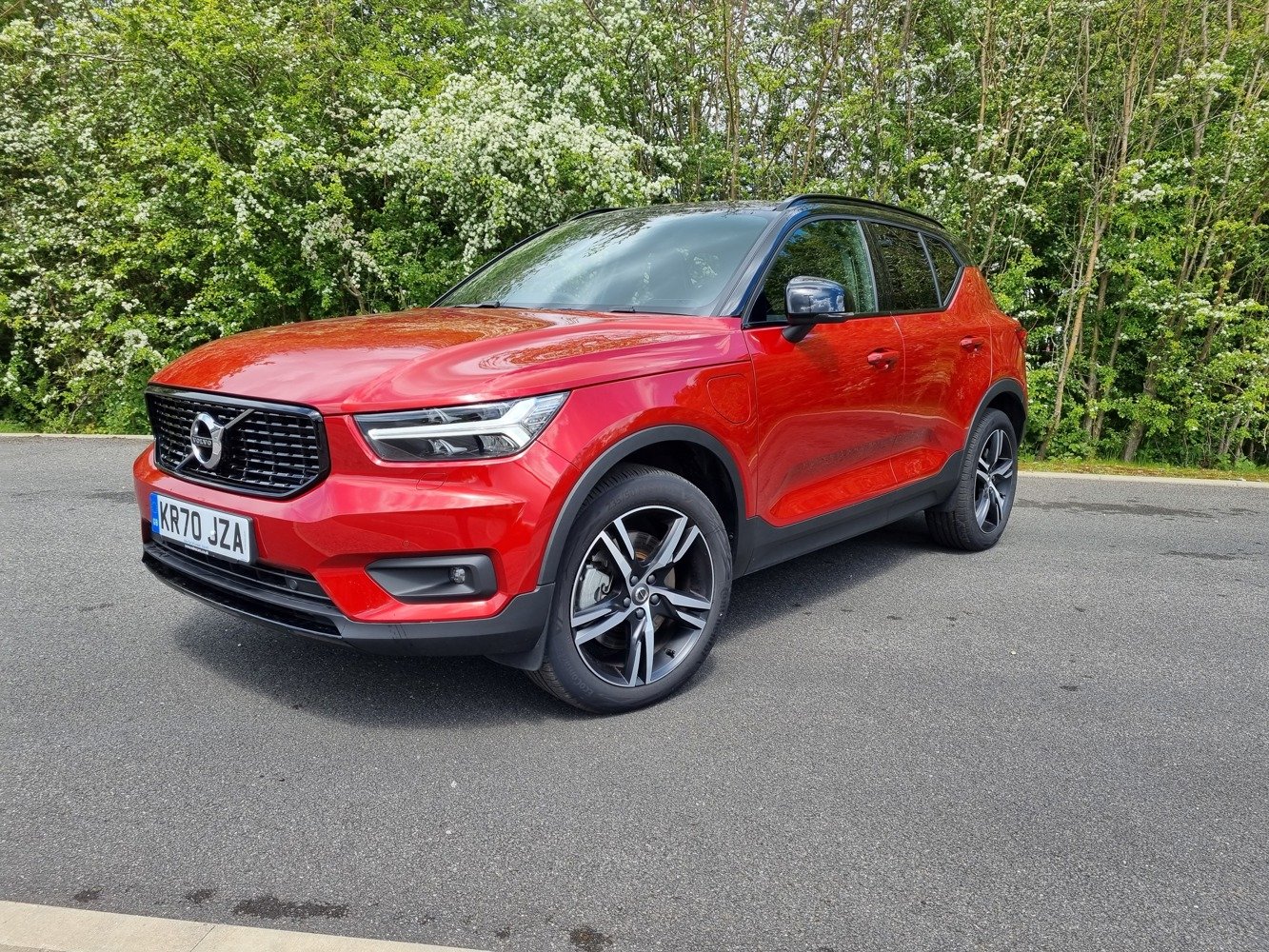
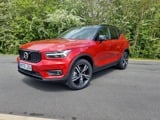
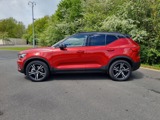
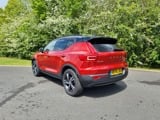




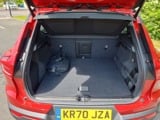
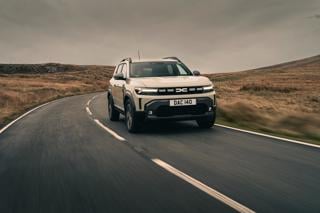

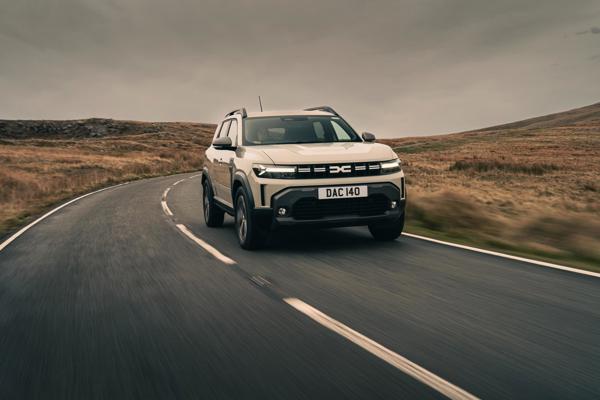
 Petrol Hybrid
Petrol Hybrid
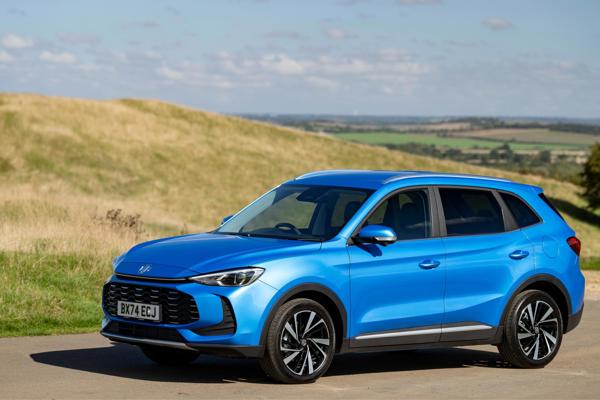
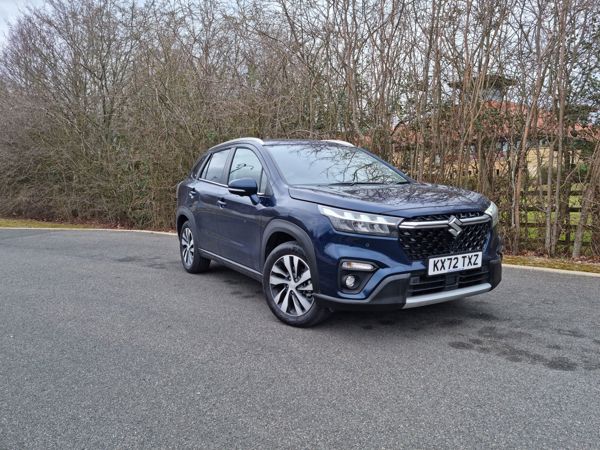
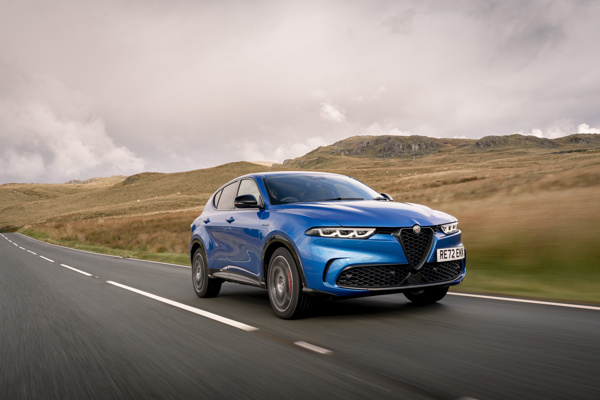
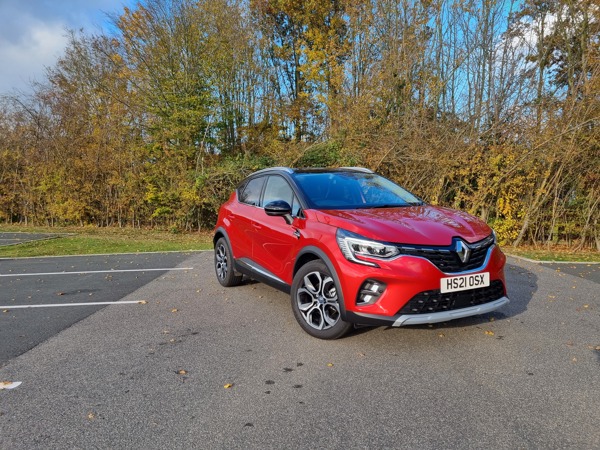
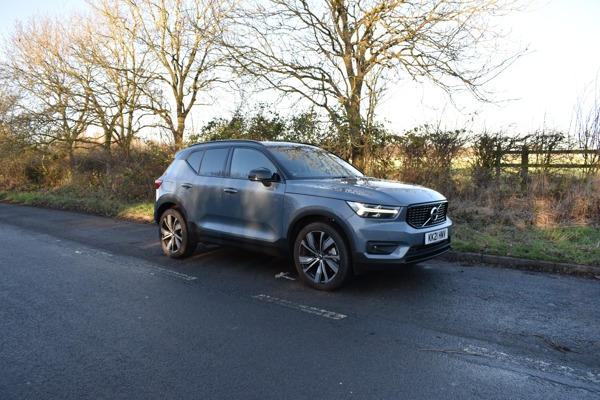
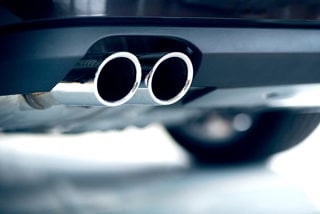
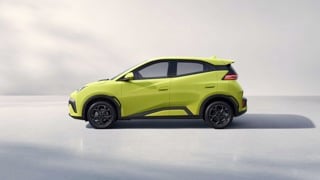
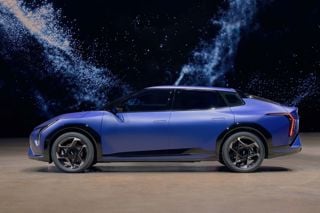














Login to comment
Comments
No comments have been made yet.